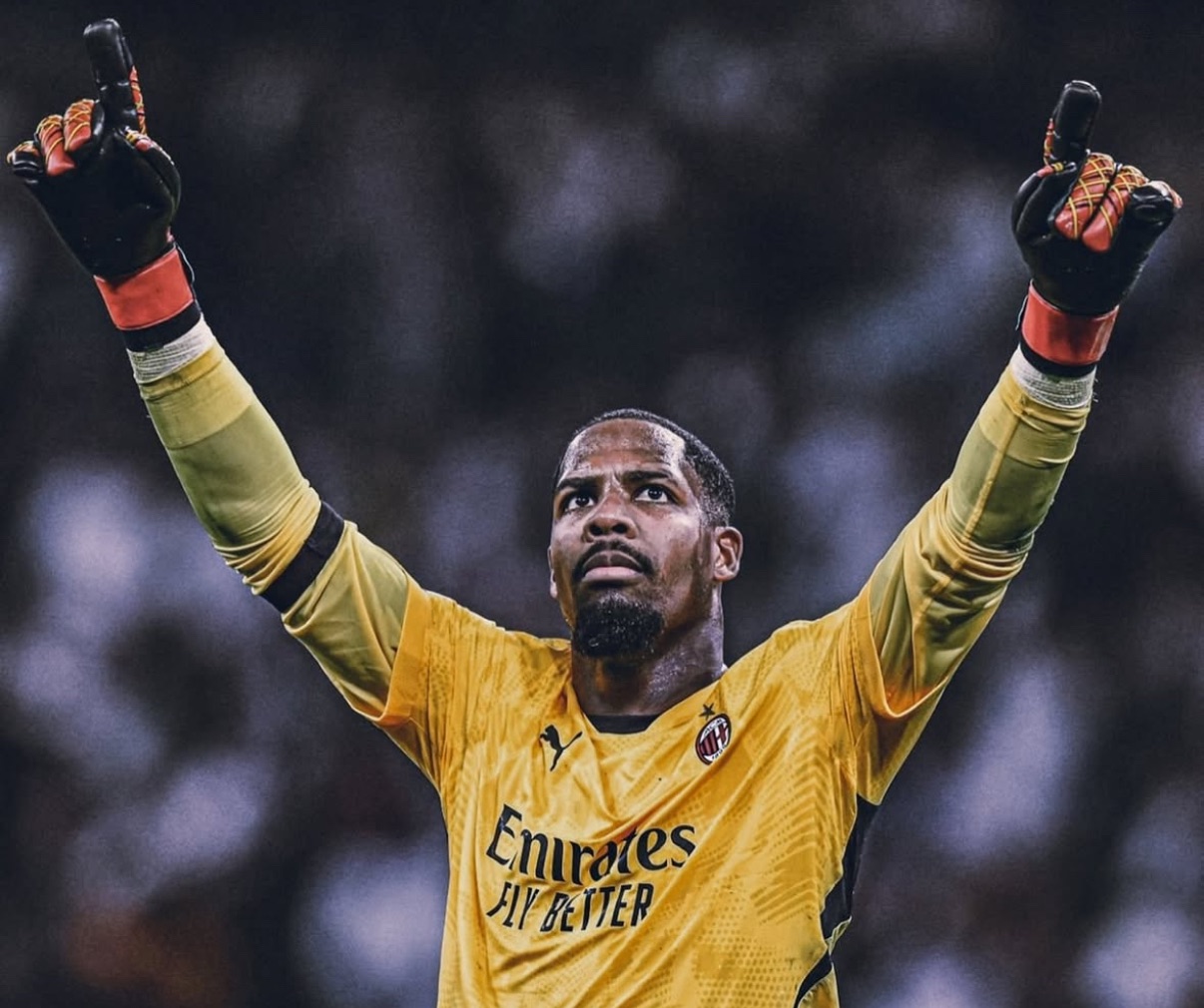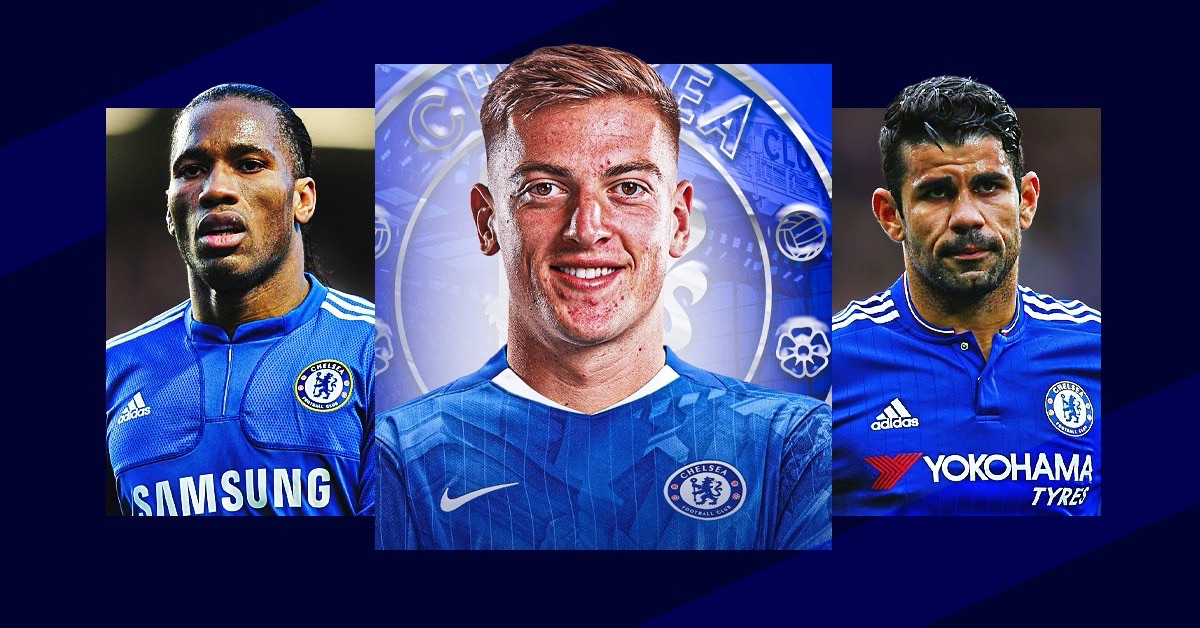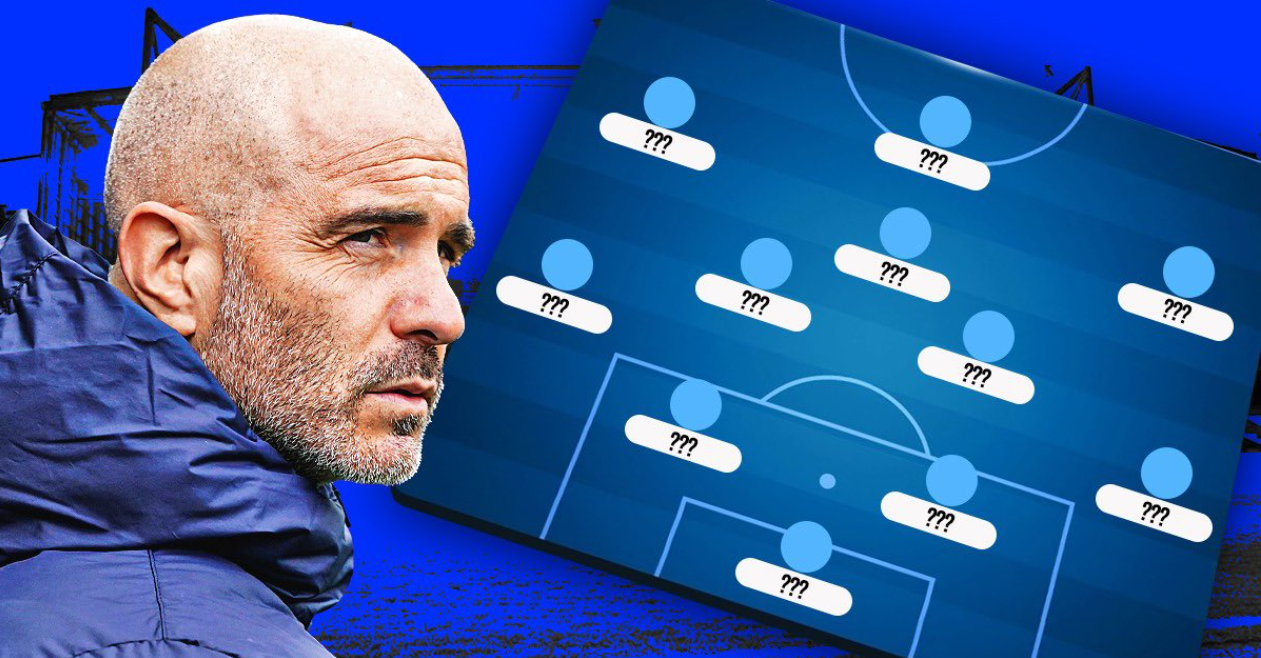Chelsea cruised to a 2 nil victory over fierce rivals Fulham, to go on top of the league on goal difference.
After a monotonous first half, Chelsea sprang to life in the second as they attacked with purpose. Here’s a few tactical takes on the match.
Fulham’s rigid defensive structure and Chelsea’s problems with width.

Here we see how Fulham have organized themselves in their defensive third. There is zero holes, except the one highlighted in orange that can be penetrated. Mikel is pushing forward, but it should have actually been Ramires bursting through that area. This would have given Chelsea a direct numerical advantage in the box.
The problem has always been width, but this time it was never synchronized. As Cole makes the move forward and Schurrle cuts in, Ivanovic is nowhere to be seen in the opposite flank.

The ball is passed onto Ramires. This time Ivan pushes forward, and Cole has retreated back. They should both be tagging along near the half-way line, which they fail to do so.
We can also note Fulham’s splendid positioning. Virtually impossible to break down my passing it through the middle. Remember my zig-zag theory that Chelsea applied against Aston Villa? Even with the application of that Chelsea failed to break down, as Fulham won with numbers. For every 1 player they were two. Except for Ramires, where only one midfielder was given the responsibility of holding the structure and pressing on him.

Once again, there are 4 players, in which 1 is directly pressing Ivan, and 3 encircles are pressing Ivan and covering two other players. It’s technically impossible to recover from this vacuum, unless Chelsea were to pass quick with triangles or directly switch the play to another flank.
Even in the box there is a situation of 2 on 1, and 1 on 1. Tight , organised mix of zonal and man marking.

The black line does no justice to Fulham’s organisation. It should actually have ended up till the furthest Fulham player. Their positioning is such that Oscar’s passing options , that have a confirmed success percentage of 100% are absolutely zero. If Mikel gets the ball, he can be pressurized and made to lose it, if Ramires gets the ball , he faces a 3 on 2 situation, and as Cole gets the ball , he is already been pressurized by a Fulham midfielder.

Team work at it’s best. I cover for you, you cover for me. The black lines illustrate the direct and indirect connection between the midfielder bank and the defensive line. Width here if used properly can be devastating, but it isn’t, which we can see later on.

Hazard cuts in, forcing Oscar to come in and combines with Cole. The situation is such that there are 3 Fulham players pressing on two, while Hazard is being man marked himself.
The ideal thing for the Belgian to do is to move in closer to Oscar and give him a better passing option. Failure to do so means width has zero point in it.
Fulham’s numerical advantage, and Hazard’s failure to understand the situation lead to another chance of opening Fulham up going astray.

Moving on, we have another situation, where Fulham’s positioning coupled with structural organisation is limiting Chelsea’s chances of opening up the defense and penetrating it by the throat.
Imagine this as a virtual game in which a submarine is under attack by rogue kidnappers. Terry and Mikel are being pressurized by two kidnappers or in this case the two Fulham players connected in black. Their only option now is to restart the game and hope for a better situation, i.e. pass it to Cahill. They could also give it to Ramires, that is the escape hatch of the submarine. However there are two players waiting to pounce on Ramires if the ball reaches there. Technically there is only one way the passengers of the submarine could get away from the kidnappers, and that is to restart the game , or going back to square one by giving it to Cahil.
The red circles shows the area where I would have liked Ramires to be. Gives Terry a direct option or an indirect option via Cahill to run at the defense.

Look at how Fulham always have one man marking a player, and another player holding the structure.
The quality doesn’t let me know a lot, but it looks like Scott Parker who is in the middle of three black lines. One Fulham player marks Ivanovic, two mark Ramires and what looks like Cahill, one marks Schurrle, one marks Mikel and then there is Parker in the middle. He makes sure that no one strays away from their duty, and if anyone does, he can be a direct replacement.

Then we move on to Chelsea’s pressing. There were many situations, with this being one of the best examples. 3 on 1 , with two involved being able to cover, and another two being able to cover a zone (encircled in red) . to cover a zone (encircled in red) .

Minutes ahead we see this. Good pressing and great positional awareness.

Another mixture of zonal and man to man pressing. Here we see Schurrle having the intelligence to stop his run as Cole continues his aggressive pressing.

Now we suddenly see a huge change in the first half, which mostly came down to Chelsea converting possession into direct attacking play that was due to a fluid transitional play. One of the leading factors was Chelsea’s ability to stretch the opposition in two ways, and also being able to throw numbers at them.
Here we see the white circled players being the players who would usually have stayed deeper when Chelsea had the ball in and around that area.
See the third white encircled player on the far right, he is the reason why the Fulham midfielder had to stay along with the defender cover him. If he would have left, Fulham would have had problems with Ramires rushing at them.
A good and sensible run from Ivanovic into the final third. Also see how it’s well synchronized with Cole (encircled in red) on the left flank.

Ramires receives the ball. He becomes the proverbial square one. The numbers are in full force as Fulham are afraid to press in case they leave holes open. If Chelsea had this in the first half, I would see us creating a lot more chances.

Mikel has the ball and Chelsea restructure themselves. Cole is wide open for a pass as no Fulham player dares to cover him. A wide area is left open in the middle.

Once again Chelsea stretch the defense, but this time atleast there is one Fulham defender well positioned. However if Hazard was to get through his presser, then there would be problems. Numbers have proved to be the difference maker. Chelsea only had to be more efficient in making use of it.

Here we have an example of how the full-back, that is Ashley, has cut inside. Fulham by this time have realised that they are being stretched to exorbitant heights. Now they are much more careful on whose coming and going down the flanks as the Fulham player encircled in white looks on carefully.

Here we have an example of the second full-back cutting inside. A prime situation throughout the second half.

Now talking about smooth offensive transitions. Ivanovic has the ball, Oscar drops deep to receive it and Ramires keeps himself open to receive it directly. A triangle, but most importantly one that would help Chelsea out of a complex situation . 3 Fulham players on them, but none of them have a clue.

Ivanovic gives it to Ramires and goes into the hole created by the three Fulham players. As the whites stay confused, Oscar runs in to receive the ball from Ramires.

Oscar gives it to Hazard and voila. No pressure, pressing system utterly destroyed, Chelsea have a great opportunity of creating a direct chance. Smooth , simple but very intelligent.

Now we have a look at Oscar’s goal. You can basically forget everything that led to the goal. Yeah it was a great play by Schurrle to put the ball in, but it’s the man encircled in black whose failure to retreat caused Fulham problems.

As we can see , there was no one for the ball to be cut back to, so the midfielder could easily have pushed up and increased the numerical advantage as Fulham’s main plan was to sit back and defend hard.
His failure to do so means that Oscar could reach the ball after the Fulham keeper fumbled with the ball without any pressure. A simple, but costly mistake.





